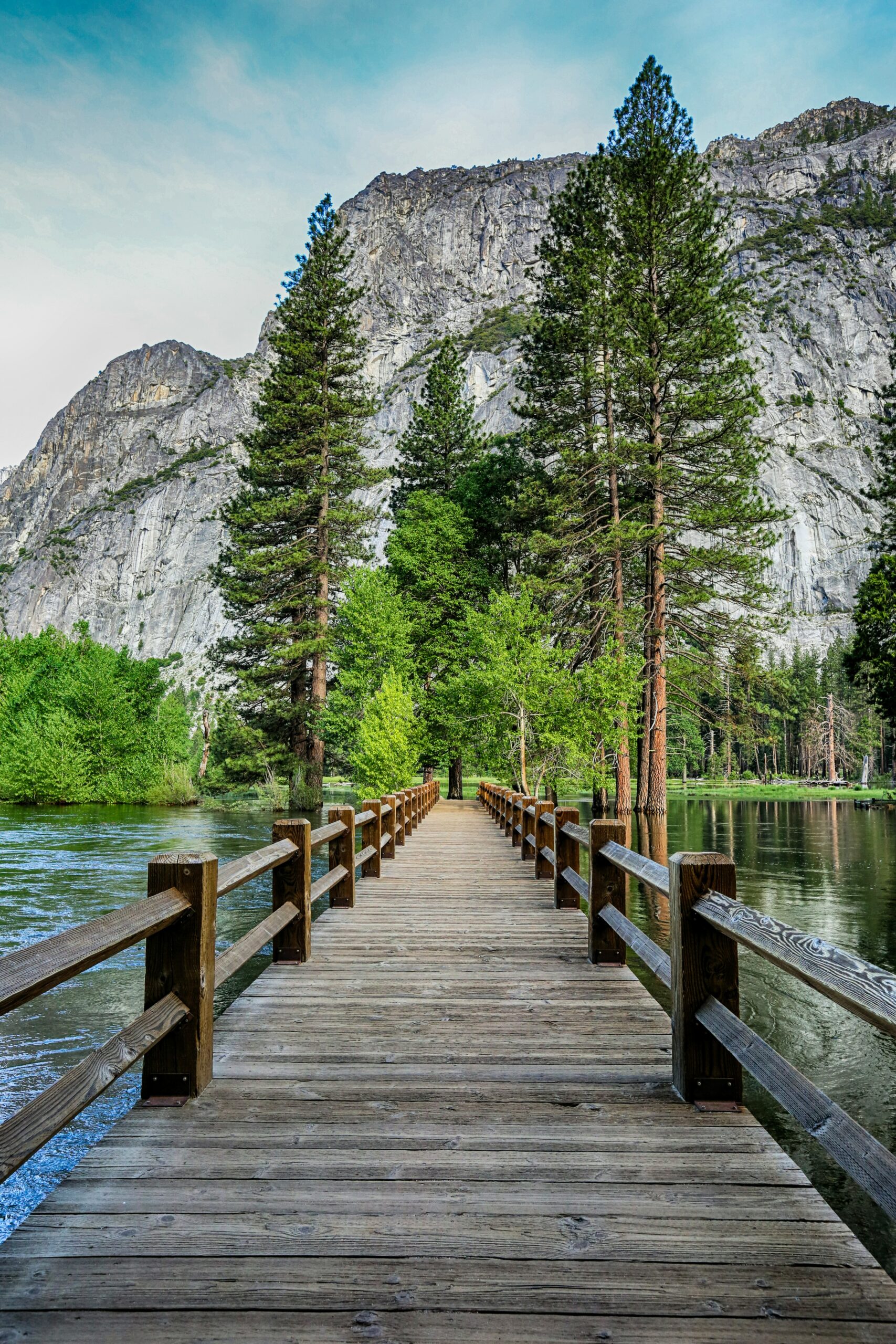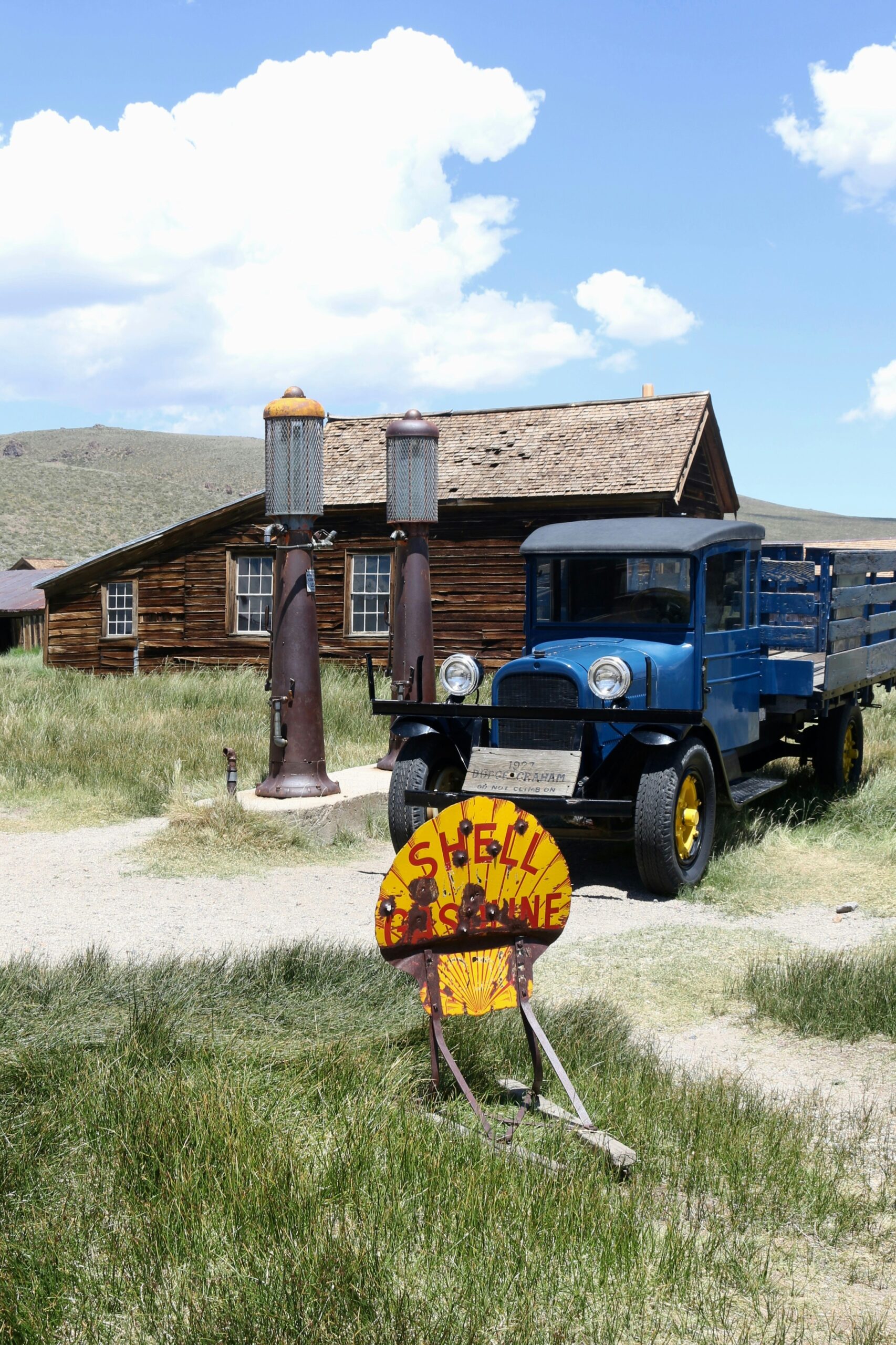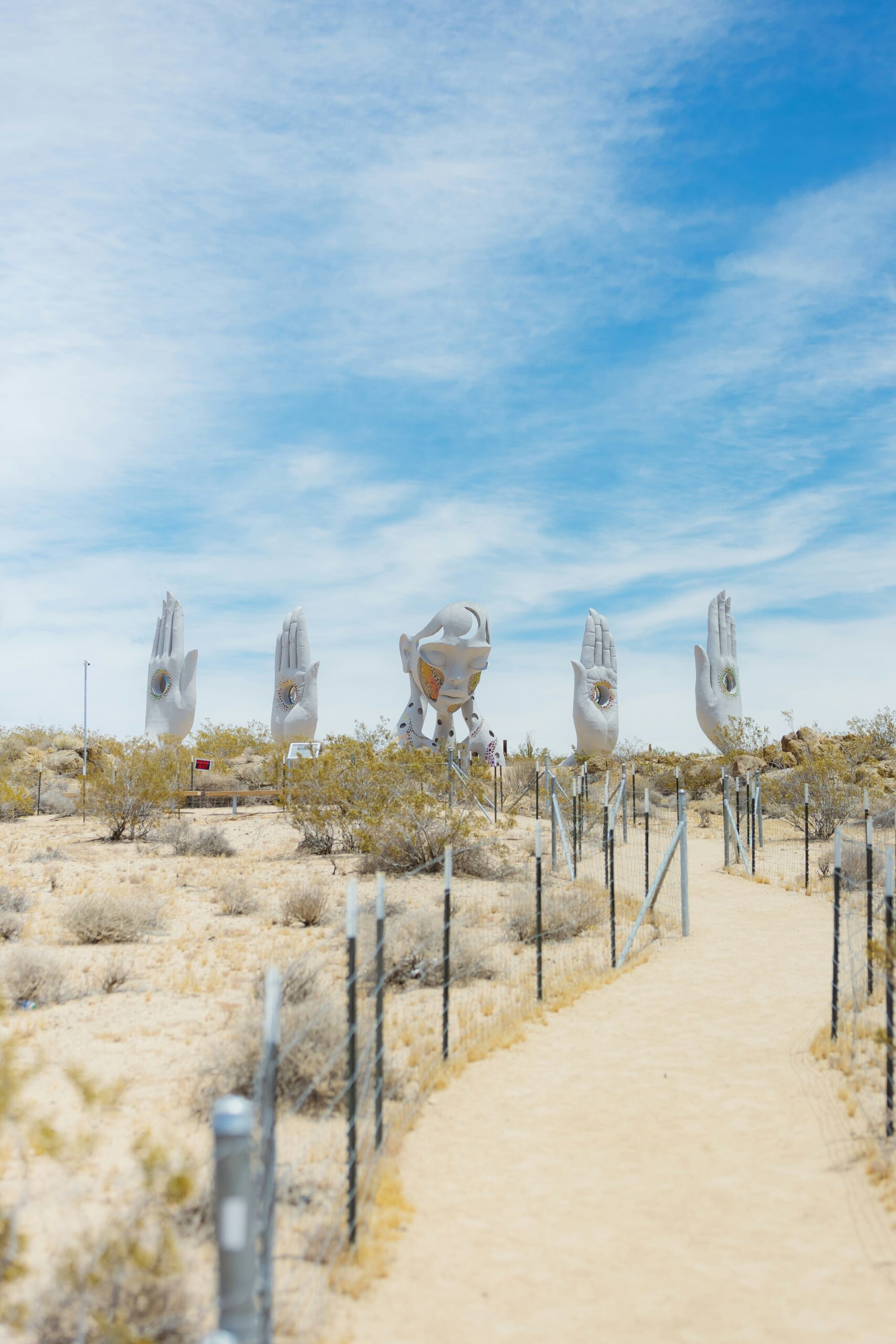How Many National Parks in California: A Quick Guide to the Golden State’s Natural Treasures
California, a state known for its diverse landscapes, is home to an impressive number of national parks. These protected areas showcase the Golden State's natural wonders, from towering redwoods to scorching deserts.
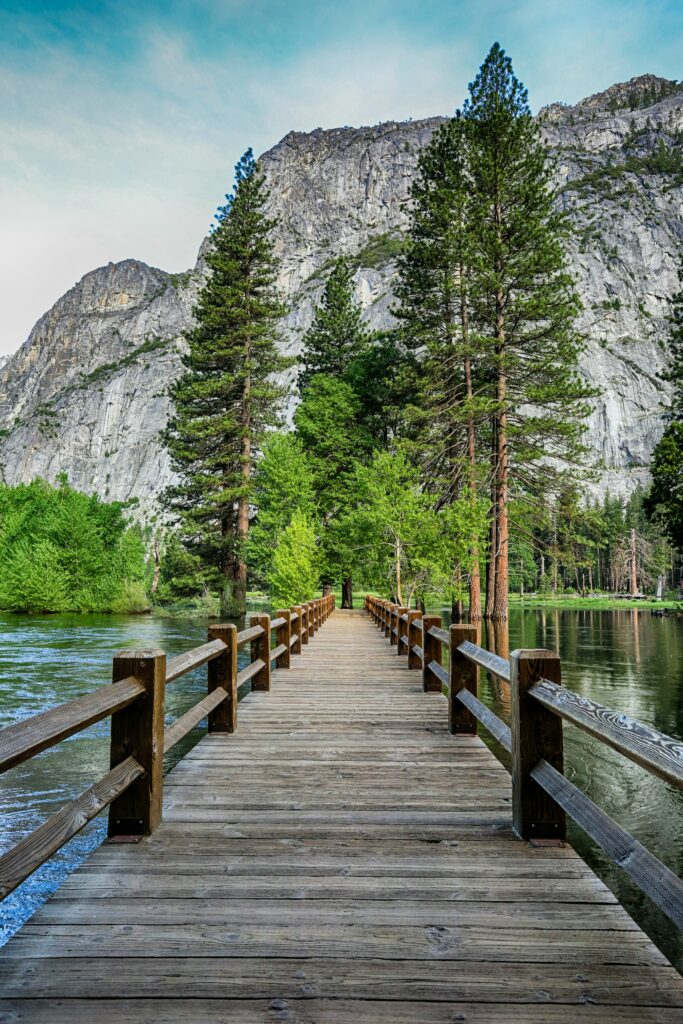
California boasts 9 national parks, more than any other state in the U.S. This abundance of national parks offers you endless opportunities for adventure and exploration. You can witness the grandeur of Yosemite's iconic granite cliffs, experience the otherworldly landscapes of Death Valley, or stand in awe beneath ancient sequoias in Sequoia and Kings Canyon.
Beyond these 9 national parks, California also features 25 other national park sites, including national monuments, historic sites, and seashores. With such a wealth of natural and cultural treasures, you'll find yourself spoiled for choice when planning your next outdoor excursion in the Golden State.
How Many National Parks in California: A Quick Guide to the Golden State's Natural Treasures
History of National Parks in California
California's national parks have a rich and fascinating history. You might be surprised to learn that the Golden State played a pivotal role in the early days of the national park system.
Yosemite National Park was one of the first areas to receive federal protection. In 1864, President Abraham Lincoln signed legislation to preserve the Yosemite Valley and Mariposa Grove of Giant Sequoias.
Did you know that Sequoia National Park was established in 1890? It became the second national park in California and the third in the nation. The park was created to protect the giant sequoia trees from logging.
Yosemite followed closely behind, officially becoming a national park in 1890. This solidified California's importance in the growing national park system.
Over the years, California continued to add to its collection of national parks. Today, you can explore nine diverse national parks across the state.
Each park tells a unique story of California's natural and cultural heritage. From towering redwoods to scorching deserts, you'll find a wide range of landscapes to discover.
As you plan your visits, remember that these parks are the result of decades of conservation efforts. They stand as testaments to the foresight of those who recognized the importance of preserving California's natural wonders for future generations.
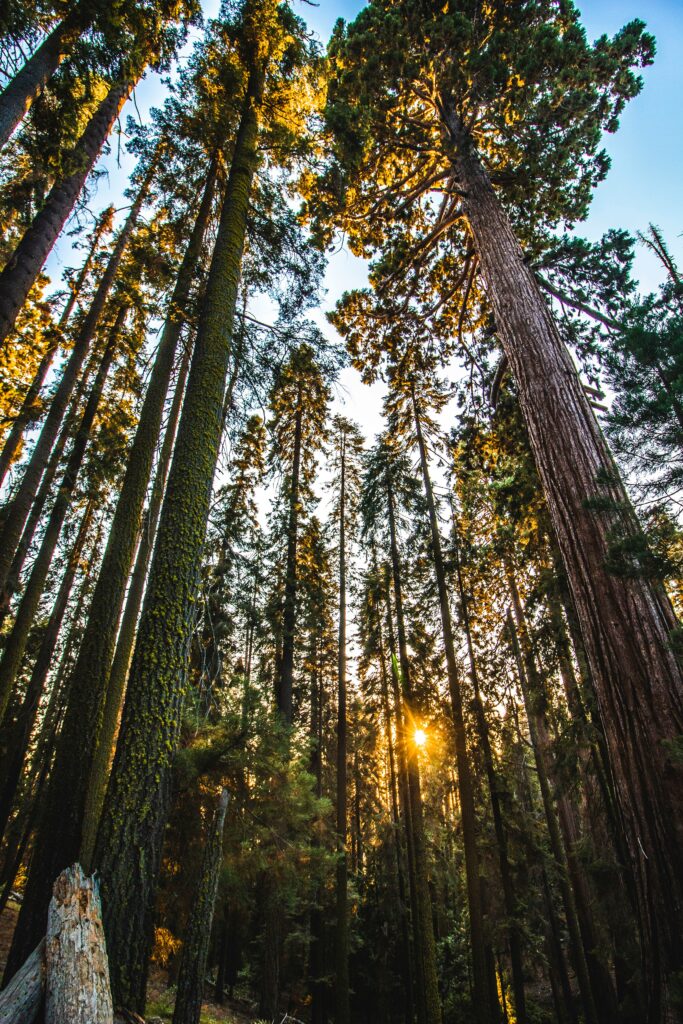
List of California National Parks
California boasts an impressive array of national parks, each offering unique landscapes and natural wonders. From towering sequoias to scorching deserts, you'll find diverse ecosystems and breathtaking scenery across the state's protected areas.
Yosemite National Park
Yosemite is a crown jewel of California's national parks. You'll be awestruck by its iconic granite cliffs, including El Capitan and Half Dome. Waterfalls cascade down sheer rock faces, with Yosemite Falls being the highest in North America.
The park's diverse ecosystems range from lush valleys to alpine meadows. You can explore over 800 miles of hiking trails, spot wildlife like black bears and mule deer, or admire giant sequoias in Mariposa Grove.
Yosemite Valley offers stunning vistas and popular attractions. You'll find excellent rock climbing opportunities and scenic drives like Tioga Road. Don't miss the chance to photograph the park's beauty, especially during the golden hours of sunrise and sunset.
Sequoia and Kings Canyon National Parks
These two adjacent parks are often visited together, showcasing the magnificent Sierra Nevada mountains. In Sequoia, you'll encounter the world's largest trees by volume, including General Sherman, the largest known living single-stem tree on Earth.
Kings Canyon features deep valleys, towering mountains, and pristine wilderness. You can hike through groves of giant sequoias, explore crystal-clear rivers, and enjoy panoramic views from scenic overlooks.
Both parks offer excellent opportunities for camping, backpacking, and stargazing. You'll find diverse wildlife, including black bears, mountain lions, and a variety of bird species. The parks' varying elevations create distinct ecosystems, from foothills to alpine zones.
Redwood National and State Parks
This unique partnership between national and state parks protects nearly half of the world's remaining old-growth redwoods. You'll be humbled by these towering giants, some of which reach heights over 350 feet.
The parks offer more than just trees. You can explore rugged coastlines, prairies, and oak woodlands. Hiking trails wind through lush forests, revealing hidden waterfalls and scenic vistas.
Wildlife enthusiasts will appreciate the diverse fauna, including Roosevelt elk, black bears, and numerous bird species. Redwood National Park‘s location along the Pacific coast provides opportunities for whale watching and tidepooling.
Death Valley National Park
As North America's lowest, driest, and hottest place, Death Valley offers a stark contrast to California's other parks. You'll encounter vast salt flats, sand dunes, and colorful badlands.
Despite its name, the park is teeming with life. Spring wildflower blooms can be spectacular, and you might spot desert bighorn sheep or coyotes. Zabriskie Point and Dante's View offer breathtaking panoramas of the park's unique landscape.
You can explore historic sites like Scotty's Castle or drive through scenic areas like Artist's Drive. At night, the park's dark skies provide excellent stargazing opportunities.
Joshua Tree National Park
Joshua Tree's unique landscape is characterized by its namesake trees and massive rock formations. You'll find excellent rock climbing and bouldering opportunities throughout the park.
The park sits at the intersection of two distinct desert ecosystems: the Mojave and Colorado. This creates diverse habitats supporting a variety of plant and animal species.
Hiking trails lead you through otherworldly landscapes and to scenic viewpoints. Don't miss the chance to stargaze in one of California's darkest night skies. The park also preserves numerous historical and cultural sites, including Native American rock art.
Channel Islands National Park
This archipelago off the coast of Southern California is often called the “Galapagos of North America.” You'll find unique plant and animal species that have evolved in isolation on these islands.
Each of the five islands offers distinct experiences. You can hike through diverse landscapes, from coastal bluffs to mountain peaks. The park covers nearly 250,000 acres, including the surrounding marine sanctuary.
Water activities are popular here. You can kayak through sea caves, snorkel in kelp forests, or watch for whales and dolphins. The islands also preserve numerous archaeological and cultural sites from the Chumash people.
Pinnacles National Park
California's newest national park, Pinnacles, showcases the remnants of an ancient volcano. You'll find unique rock formations, including spires, caves, and monoliths created by millions of years of erosion.
The park is a rock climber's paradise, with numerous routes for all skill levels. Hikers can explore over 30 miles of trails, leading to scenic viewpoints and through talus caves.
Pinnacles is crucial for wildlife conservation, serving as a release site for California condors. You might spot these rare birds soaring overhead. The park also supports a diverse array of plant species, with spring wildflower displays being particularly impressive.
Lassen Volcanic National Park
Lassen showcases the volcanic legacy of Northern California. You'll encounter all four types of volcanoes found in the world within this park: shield, composite, cinder cone, and plug dome.
The park's hydrothermal areas feature bubbling mud pots, steaming fumaroles, and colorful hot springs. Hiking trails lead you through diverse landscapes, from alpine lakes to lava fields.
In winter, Lassen transforms into a snowy wonderland, offering opportunities for snowshoeing and cross-country skiing. The park's dark skies and high elevation make it an excellent spot for stargazing and astrophotography.
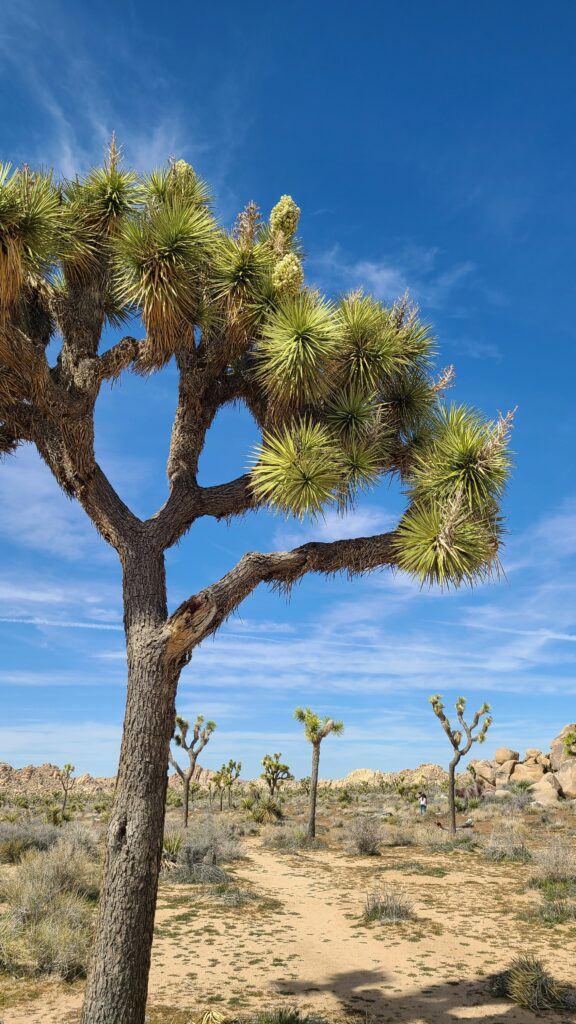
Unique Features of California's National Parks
California's national parks offer a diverse array of natural wonders that will leave you in awe. From towering waterfalls to ancient trees, each park has its own distinct character.
Yosemite National Park is home to the iconic Yosemite Falls, one of the tallest waterfalls in North America. You'll be mesmerized by its powerful cascade as it plunges 2,425 feet.
Another Yosemite landmark is Half Dome, a massive granite formation that challenges hikers and climbers alike. Its unique shape makes it instantly recognizable and a favorite among photographers.
In Sequoia National Park, you'll encounter the majestic Giant Sequoias. These ancient trees are among the largest living organisms on Earth, with some over 3,000 years old.
For a taste of otherworldly landscapes, visit Lassen Volcanic National Park. Here, you can explore volcanic terrain, bubbling mud pots, and steaming fumaroles.
The Channel Islands National Park offers a unique island ecosystem. You can spot diverse wildlife and explore pristine beaches far from the mainland crowds.
Don't miss the towering coastal redwoods in Redwood National Park. These trees are the tallest on Earth, creating a magical forest canopy that will take your breath away.
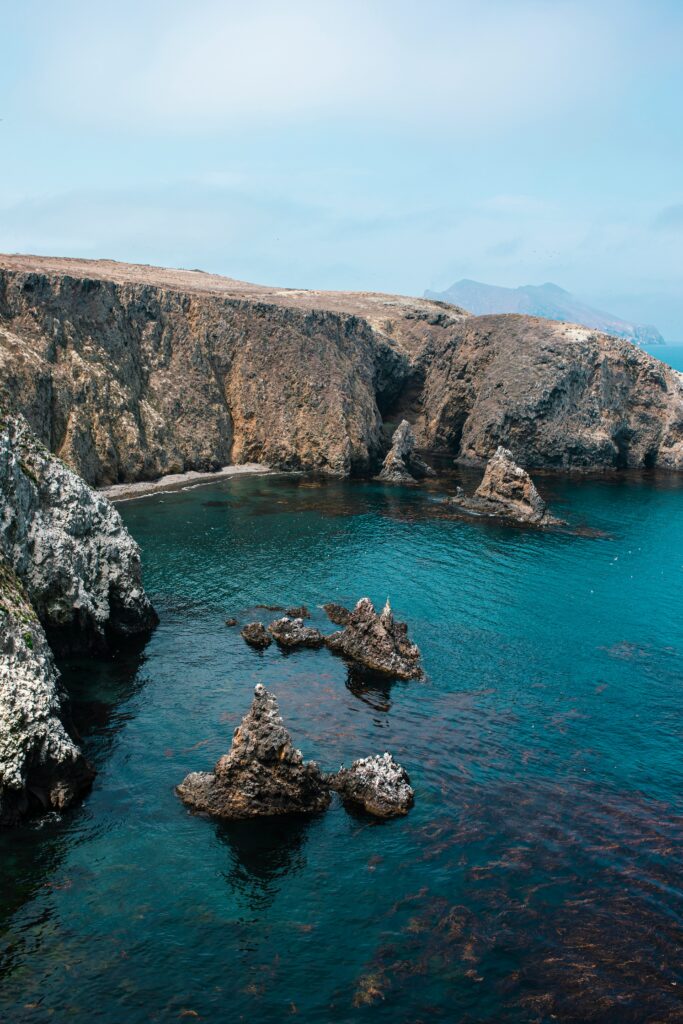
Outdoor Activities in National Parks
California's national parks offer a wealth of exciting outdoor adventures. You can explore stunning landscapes, encounter diverse wildlife, and challenge yourself with thrilling activities.
Hiking Trails
You'll find an incredible variety of hiking trails across California's national parks. In Yosemite National Park, you can tackle the iconic Half Dome hike or enjoy easier walks like the Mist Trail.
Joshua Tree National Park offers unique desert hikes among its iconic rock formations. For coastal views, try the Coastal Trail in Redwood National Park.
Remember to bring plenty of water, wear sturdy shoes, and check trail conditions before setting out. Many parks offer guided hikes led by rangers, which can enhance your experience with expert knowledge about the local flora and fauna.
Camping Sites
Camping in California's national parks lets you immerse yourself in nature. Yosemite Valley offers several campgrounds with stunning views of iconic landmarks like El Capitan.
In Death Valley, you can experience unique desert camping. Coastal camping is available at Channel Islands National Park, where you'll fall asleep to the sound of waves.
Most parks require reservations, especially during peak seasons. Be sure to:
- Book well in advance
- Follow park regulations
- Practice Leave No Trace principles
- Store food properly to avoid attracting wildlife
Wildlife Watching
California's national parks are home to diverse wildlife. In Sequoia and Kings Canyon, you might spot black bears, mule deer, or even the elusive mountain lion.
Pinnacles National Park is a prime spot for California condor sightings. At Channel Islands, you can observe seals, sea lions, and various seabirds.
For the best wildlife viewing:
- Visit during early morning or late afternoon
- Use binoculars or a spotting scope
- Stay quiet and patient
- Keep a safe distance from animals
- Never feed wildlife
Rock Climbing
If you're an adventure seeker, rock climbing in California's national parks will thrill you. Joshua Tree National Park is world-renowned for its unique boulder formations and climbing routes suitable for all skill levels.
Yosemite Valley offers legendary big wall climbing on El Capitan and Half Dome. For beginners, many parks offer guided climbing experiences and lessons.
Always prioritize safety:
- Check weather conditions
- Use proper equipment
- Climb with a partner
- Respect closures for bird nesting seasons
Educational Programs
You can enhance your visit with educational programs offered at many California national parks. Ranger-led talks and walks provide insights into park ecology, geology, and history.
In Redwood National Park, you can join a seminar to learn about the towering trees. Death Valley offers night sky programs where you can stargaze in one of the darkest places in the country.
Many parks also have junior ranger programs for children, encouraging young visitors to learn about and protect nature. Check park websites or visitor centers for program schedules and sign-up information.
Conservation Efforts
California's national parks are home to incredible natural wonders that need protection. You can play a role in preserving these treasures for future generations.
Wildflower conservation is a key focus in many parks. By staying on marked trails, you help protect delicate blooms from being trampled. Consider joining volunteer programs to remove invasive plant species that threaten native wildflowers.
Wildlife protection is another crucial effort. When visiting, keep a safe distance from animals and never feed them. You can support wildlife by properly storing food and disposing of trash to avoid attracting creatures to human areas.
Redwood National Park is working hard to preserve its iconic trees. You can contribute by following park guidelines and learning about the importance of these ancient giants.
Many parks participate in the 30×30 initiative, aiming to protect 30% of lands and waters by 2030. Your visits and support help make this goal achievable.
Remember, every small action counts. By respecting park rules and embracing a “leave no trace” philosophy, you're actively participating in conservation efforts. Your responsible behavior ensures these natural wonders remain pristine for years to come.
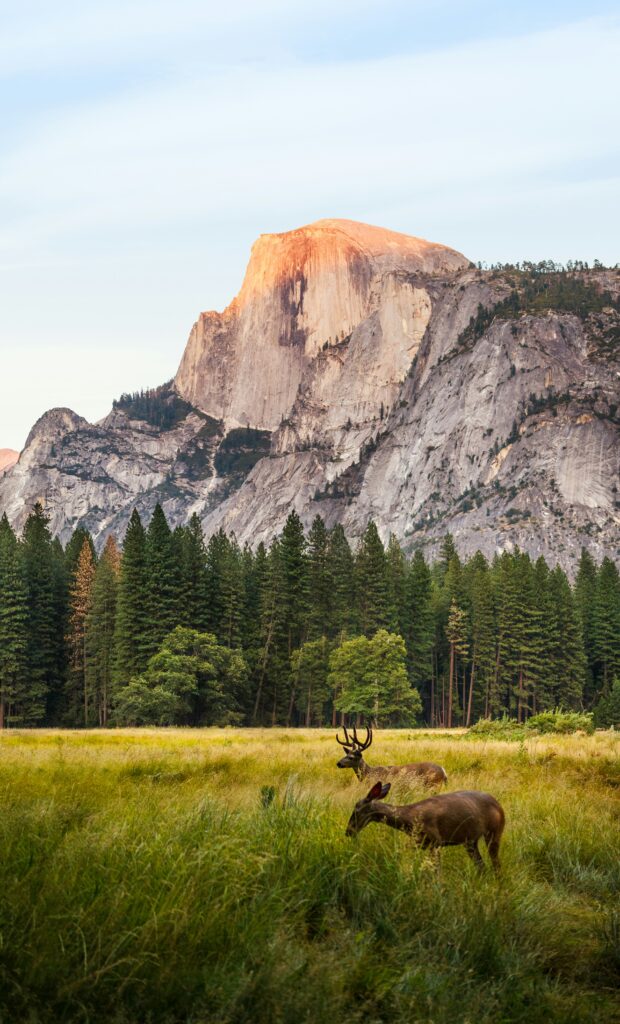
Seasonal Visitors Guide
California's national parks offer unique experiences throughout the year. Each season brings its own charm and attractions, from colorful wildflowers to snowy landscapes. You'll find exciting activities and natural wonders no matter when you visit.
Spring Wildflowers
Spring transforms California's national parks into vibrant landscapes. You'll witness spectacular displays of wildflowers in many parks. Death Valley bursts with color during rare superblooms. Joshua Tree showcases desert blooms against its iconic rock formations.
Yosemite Valley's meadows come alive with lupines and poppies. You can join ranger-led wildflower walks to learn about the diverse flora. Don't forget your camera to capture the stunning colors.
Pack layers for changeable spring weather. Some high-elevation areas may still have snow. Be prepared for occasional rain showers, especially in coastal parks.
Summer Activities
Summer is peak season for most California national parks. You'll find endless opportunities for outdoor adventures. Hiking, camping, and wildlife viewing are popular activities across the parks.
In Yosemite, you can stay at Yosemite Valley Lodge for easy access to trails and waterfalls. Book well in advance, as summer accommodations fill up quickly. Consider visiting lesser-known areas of the park to avoid crowds.
Sequoia and Kings Canyon offer respite from summer heat among giant trees. You can take a guided tour of Crystal Cave or hike to alpine lakes. Remember to carry plenty of water and sun protection.
Coastal parks like Channel Islands provide opportunities for kayaking and snorkeling in clear waters. Pack a wetsuit if you plan to spend time in the chilly Pacific.
Fall Foliage
Autumn brings cooler temperatures and stunning fall colors to many California national parks. You'll experience smaller crowds and comfortable hiking conditions.
Yosemite's fall foliage peaks in October, with golden aspens and crimson dogwoods. Take a scenic drive along Tioga Road before it closes for winter. Catch the reflection of colorful trees in Mirror Lake for a perfect photo op.
Lassen Volcanic National Park showcases vibrant fall colors against its stark volcanic landscape. You can hike around Manzanita Lake or soak in Drakesbad hot springs.
Death Valley offers pleasant temperatures for exploring its unique desert landscape. Fall is an ideal time to hike in the cooler canyons or stargaze in the clear night skies.
Winter Explorations
Winter transforms California's national parks into snowy wonderlands. You'll discover a quieter side of these natural treasures with fewer visitors.
In Yosemite, you can try cross-country skiing or snowshoeing. The iconic Half Dome looks stunning dusted with snow. Book a stay at The Ahwahnee for a cozy winter retreat.
Lassen Volcanic offers ranger-led snowshoe walks. You'll see steaming fumaroles against snowy peaks. Be prepared for road closures and check conditions before your visit.
Coastal parks remain accessible year-round. You might spot migrating gray whales from the Channel Islands. Death Valley experiences mild winters, perfect for exploring sand dunes and salt flats.
Remember to carry chains for your vehicle and dress in warm layers. Always check park websites for current conditions and closures before your winter visit.
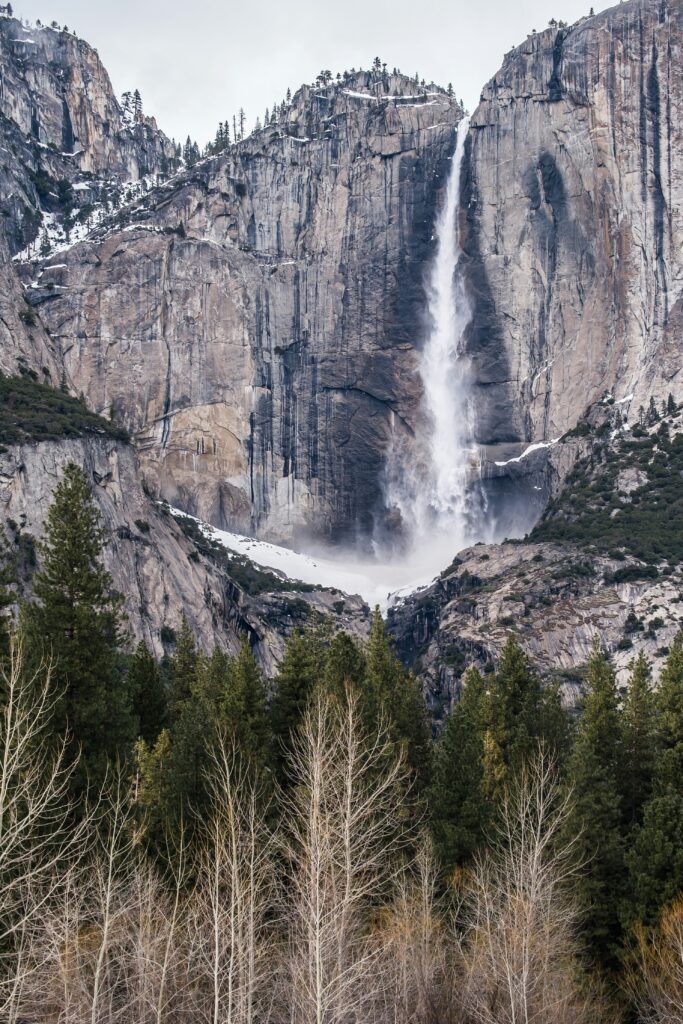
Park Accessibility and Facilities
California's national parks strive to be accessible to all visitors. Many parks offer wheelchair-accessible trails, beaches, and campsites to ensure everyone can enjoy nature's wonders.
You'll find visitor centers equipped with audio-described exhibits and tactile features for the visually impaired. Captioned videos and assistive listening devices are often available in theaters and exhibits.
For those with mobility challenges, the Access Pass provides free, lifetime admission to over 2,000 federal recreation sites, including California's national parks.
RV enthusiasts will be pleased to know that some parks offer hookup options. However, availability varies, so it's best to check with specific parks before your trip.
Lodging options in California's national parks are diverse. You can choose from:
- Rustic cabins
- Historic lodges
- Modern hotels
- Campgrounds
Visitor centers are your go-to spots for park information, maps, and educational displays. They're great places to start your adventure and learn about the park's unique features.
Remember to check each park's website for detailed accessibility information before your visit. This way, you can plan accordingly and make the most of your California national park experience.
Educational Opportunities
California's national parks offer a wealth of learning experiences for visitors of all ages. You can immerse yourself in nature and history through various programs and activities.
Junior Ranger Programs are a fantastic way for young explorers to engage with the parks. You can pick up activity booklets, complete fun tasks, and earn badges while learning about wildlife, geology, and conservation.
Guided hikes provide an excellent opportunity to deepen your understanding of the parks' ecosystems. Expert rangers lead these walks, sharing fascinating insights about flora, fauna, and park history. You'll gain a new appreciation for the natural wonders surrounding you.
Historic sites within the parks offer glimpses into California's rich past. You can explore old buildings, learn about indigenous cultures, and discover the stories of early settlers. These experiences bring history to life right before your eyes.
Curriculum-based programs are available for students and teachers. These align with California science standards and use the parks' resources to create engaging lessons. You'll find a variety of educational materials designed to fit into classroom units throughout the year.
Remember, every visit to a California national park is an opportunity to learn something new. Whether you're hiking a trail or attending a ranger talk, you're sure to come away with fresh knowledge and a deeper connection to nature.

Getting the Most Out of Your Visit
Planning ahead is key to maximize your California national park experience. Book your campgrounds early, as they fill up quickly, especially during peak seasons.
Consider purchasing an America the Beautiful Pass if you plan to visit multiple parks. This annual pass can save you money on entrance fees.
Pack appropriate gear for various weather conditions and activities. Comfortable hiking shoes, sun protection, and plenty of water are essential.
When visiting Yosemite, don't miss iconic spots like Yosemite Valley and Glacier Point. These offer breathtaking views and photo opportunities.
Take advantage of ranger-led programs and guided tours. They provide valuable insights into the park's history, geology, and wildlife.
Be flexible with your itinerary. Weather and crowds can impact your plans, so have backup options ready.
Respect wildlife and follow Leave No Trace principles to preserve these natural wonders for future visitors.
Rise early to beat the crowds and enjoy the parks during quieter hours. You'll have better chances of spotting wildlife and securing parking spots.
Lastly, don't rush your visit. Take time to soak in the beauty and create lasting memories in these stunning California landscapes.
Exploring Beyond National Parks
California offers more than just its famous national parks. The state boasts a diverse array of protected areas that showcase its rich history, unique landscapes, and natural wonders.
National Monuments
Cabrillo National Monument in San Diego commemorates the first European expedition to reach the west coast of the United States. You can explore tide pools, visit the Old Point Loma Lighthouse, and enjoy panoramic views of the Pacific Ocean.
Muir Woods National Monument, located just north of San Francisco, protects a pristine old-growth coastal redwood forest. You'll be awestruck by the towering trees, some over 250 feet tall and 1,000 years old.
Castle Mountains National Monument, nestled in the Mojave Desert, preserves unique desert ecosystems and Native American archaeological sites. You can hike through rugged terrain and spot diverse wildlife in this remote wilderness.
National Historic Sites
California's national historic sites offer glimpses into the state's fascinating past. At John Muir National Historic Site, you can tour the conservationist's Victorian home and explore the surrounding orchards.
Eugene O'Neill National Historic Site preserves the home of America's only Nobel Prize-winning playwright. You'll get a taste of 1930s literary life as you explore his Tao House and the surrounding hills.
National Seashores
Point Reyes National Seashore protects over 70 miles of pristine coastline north of San Francisco. You can spot diverse wildlife, including elephant seals and tule elk, or hike through varied landscapes from coastal bluffs to forested ridges.
The seashore also features historic lighthouses and offers opportunities for kayaking, camping, and beachcombing. Don't miss the chance to sample fresh oysters from nearby Tomales Bay.
National Recreation Areas
Whiskeytown National Recreation Area, located in northern California, centers around the crystal-clear Whiskeytown Lake. You can enjoy water activities like swimming, boating, and fishing, or explore the surrounding forests and waterfalls on hiking trails.
Golden Gate National Recreation Area spans 80,000 acres across three counties near San Francisco. You'll find diverse attractions, from historic military sites like the Presidio to natural wonders like Muir Woods.
Santa Monica Mountains National Recreation Area offers a blend of cultural and natural attractions near Los Angeles. You can hike through chaparral-covered hills, visit movie ranches, or relax on scenic beaches.

